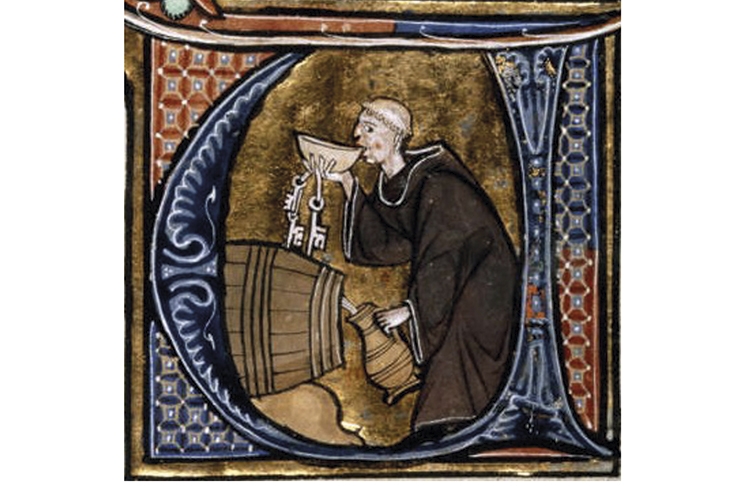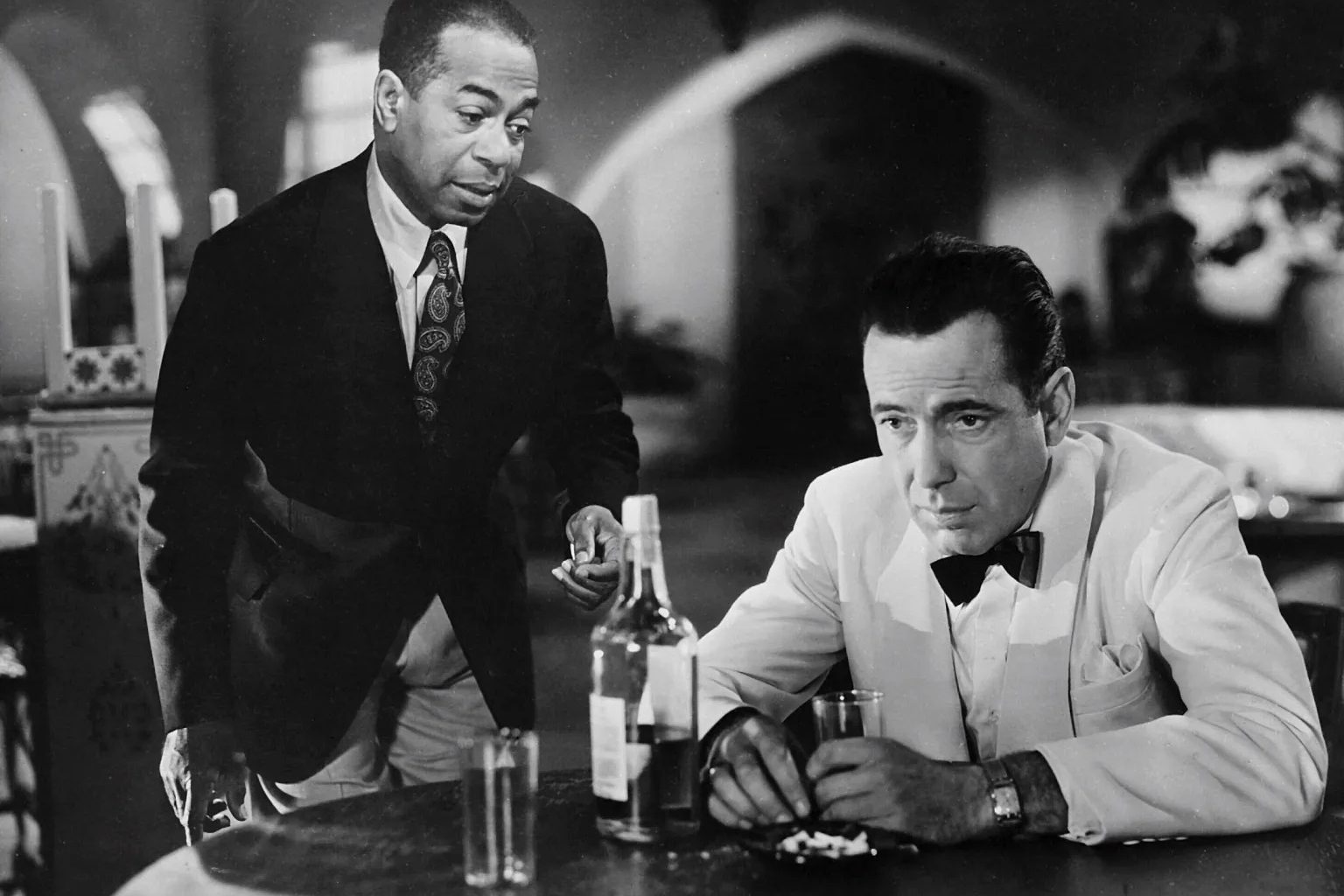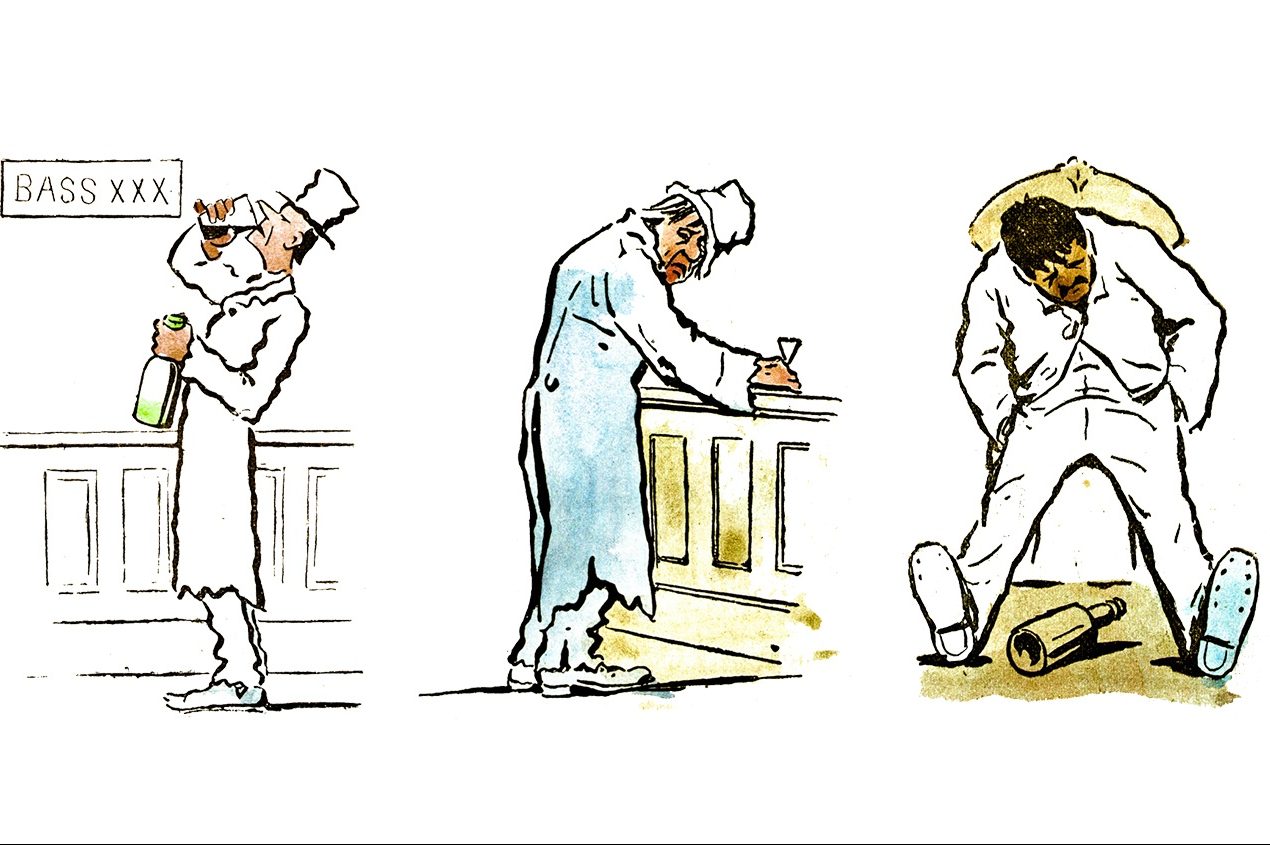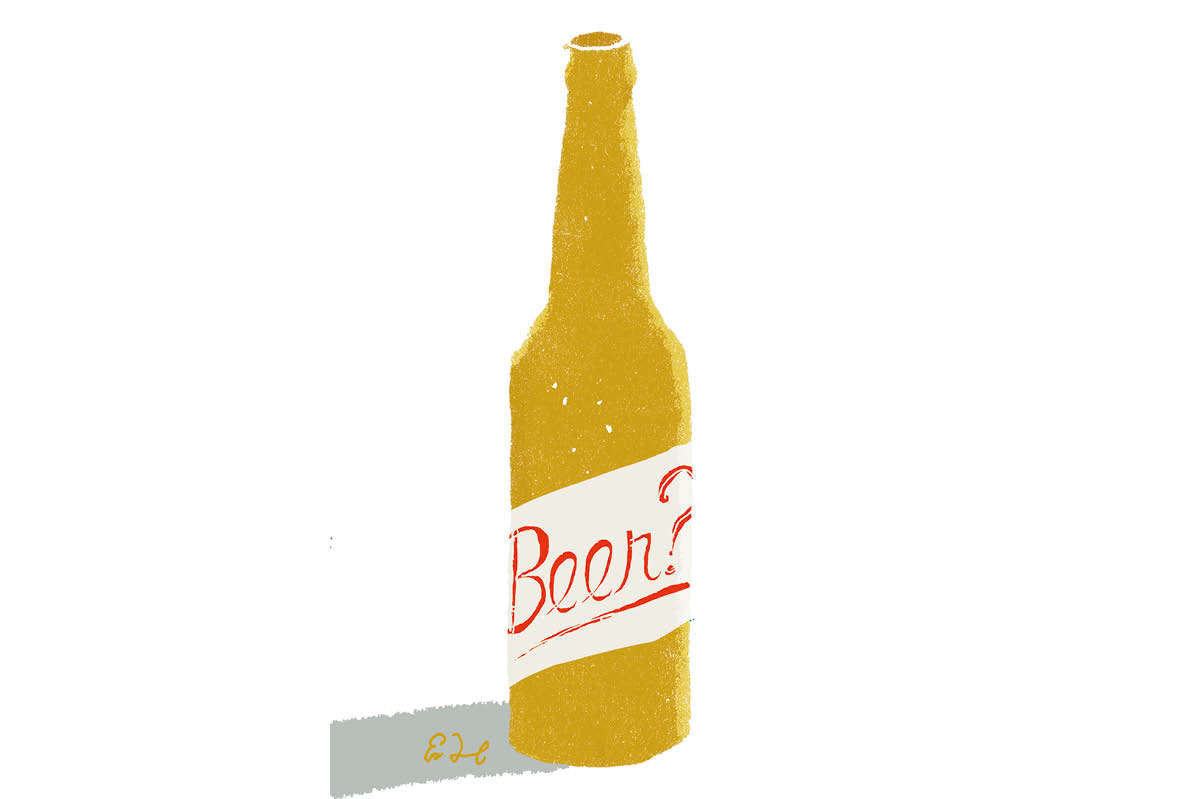The last time I drank mead was April 7, 1978. It was my 18th birthday and — unforgettably — it was snowing heavily. My chum Mark had bought me a bottle of Lindisfarne Mead which I knocked back on top of several Tequila Sunrises, a bottle of Black Tower and a few Brandy Alexanders.
This toxic mix took its toll and I was violently sick during an all-comers’ snowball fight the length of the Fulham Road, before getting arrested for being drunk and disorderly outside the Café des Artistes at 3 a.m.
I only mention this because my younger son, Ludo, is now 18 and has developed a serious mead habit. But where mead in my day was limited to the aforementioned Lindisfarne — beloved of National Trust shops and historical reenactors — today it is deeply trendy in Britain, thanks to dozens of new producers, modern packaging and a range of alcohol levels and flavors.
Ludo favors Gosnells hopped sparkling mead in cans, which he likens to a fragrant and fruity IPA. I joined him in a session and he was right. It smelled of hops but also of passion fruit, guava, elderflower and even Earl Grey tea. At only 4 percent vol, it was deliciously refreshing and there at the finish was a delectable taste of honey.
And honey is what it’s all about. Mead has some claim to be the most ancient of all alcoholic drinks, with evidence it was first made in China in around 7000 BC. The recipe is simply honey, water and yeast. Honey on its own won’t ferment (too viscous) but add water and a little yeast and it will.
Mead can be sparkling or still, and sweet, medium or dry; and can range from 0.5 percent vol to around 12 percent. And it can be flavored — Gosnells, for example, makes a hibiscus sparkling mead. It’s juicy and tart and, again, nicely refreshing, although a little too like flavored cider perhaps.
As for Lindisfarne, it’s really a pyment rather than a mead, including as it does fermented grape juice and a fortifying spirit. Rod Marsh, who runs the National Collection of Cider and Perry at Middle Farm, near Firle in East Sussex, tells me that if mead is adulterated with apples it’s a cyser, that if other fruits are added it’s a melomel, and that if it’s spiced it’s a metheglin.
There are probably more than a hundred barrels of fine artisanal cider and perry open at any one time in Middle Farm’s atmospheric Darling Buds of May-like barn, and around 250 different bottles on the shelves. It was ever thus. What has changed, though, is that where Rod once stocked three or four meads, today there are almost 100 in bottle and 20 on draught. He has to fight the punters off.
Just as a fine wine speaks of its terroir, so a fine mead speaks of the flora that lies within easy reach of the hive. The better the honey, the better the mead, and the more honey, the stronger.
Gosnells is one of the largest producers and one of the pioneers of the mead revolution and, thanks to my son, I’ve developed quite a taste for it. But then I’ve also recently lapped up Baldur’s Mead from Lancashire, Ninemaidens Mead from Cornwall and Rookery Craft Mead from Scotland.
Enjoy them as you would wine: on their own or with food. Tequila Sunrises optional.
This article was originally published in The Spectator’s UK magazine. Subscribe to the US edition here.

























